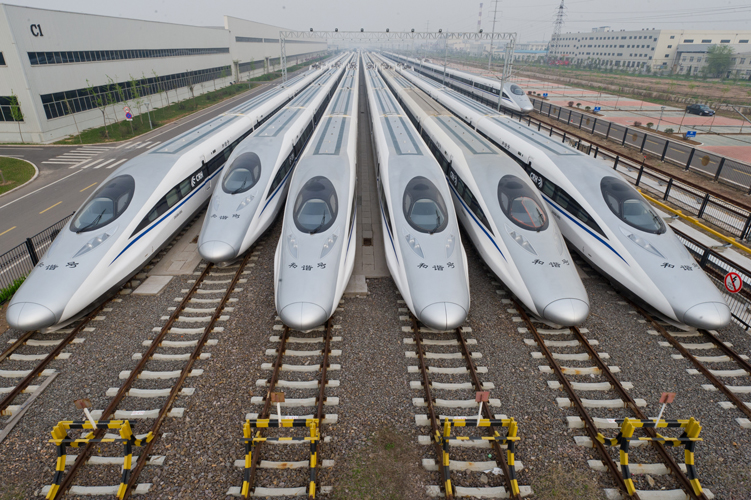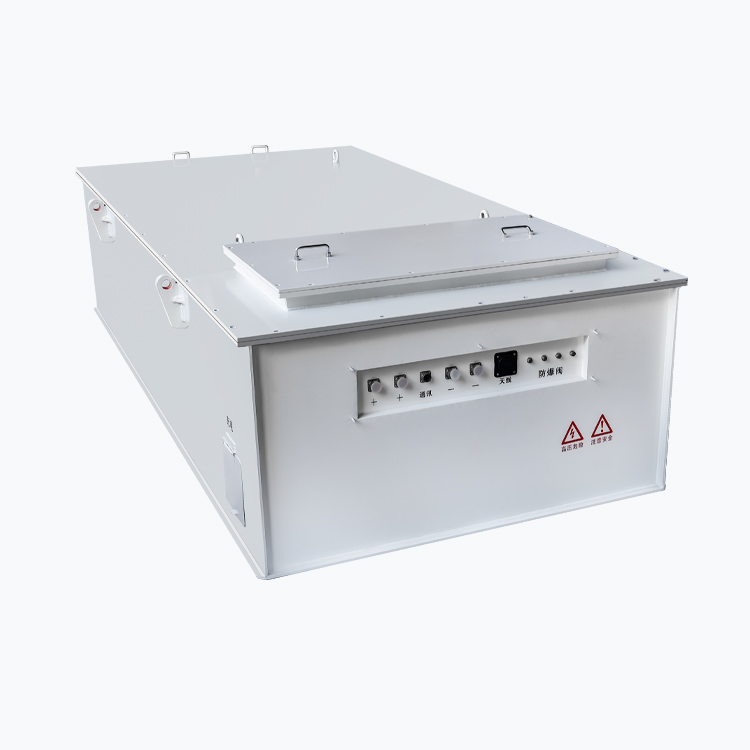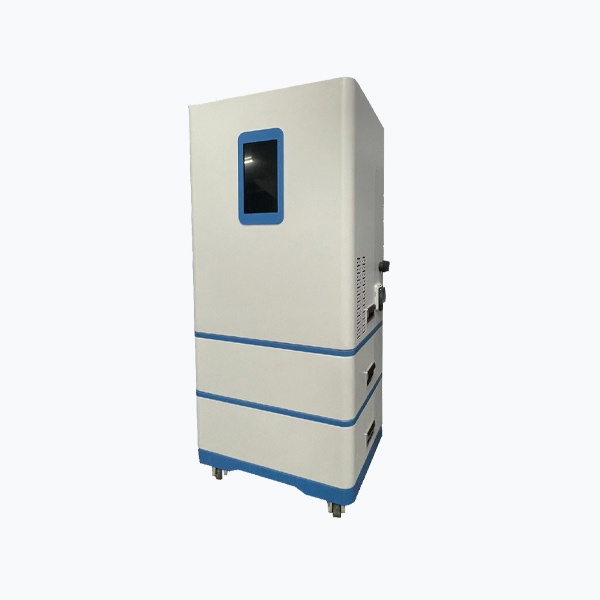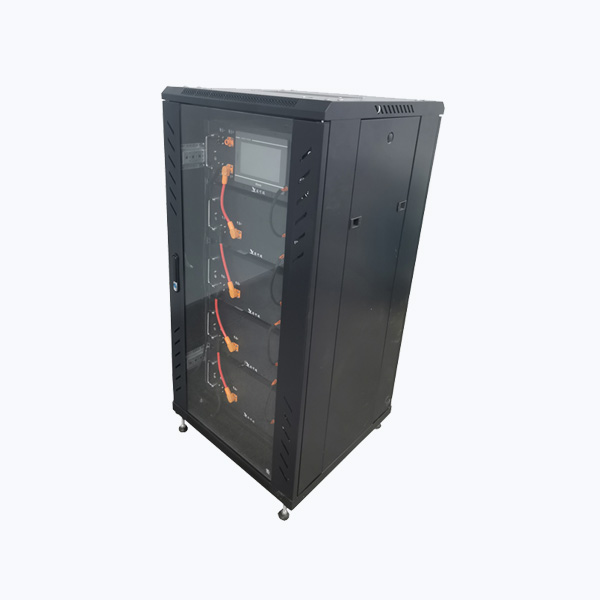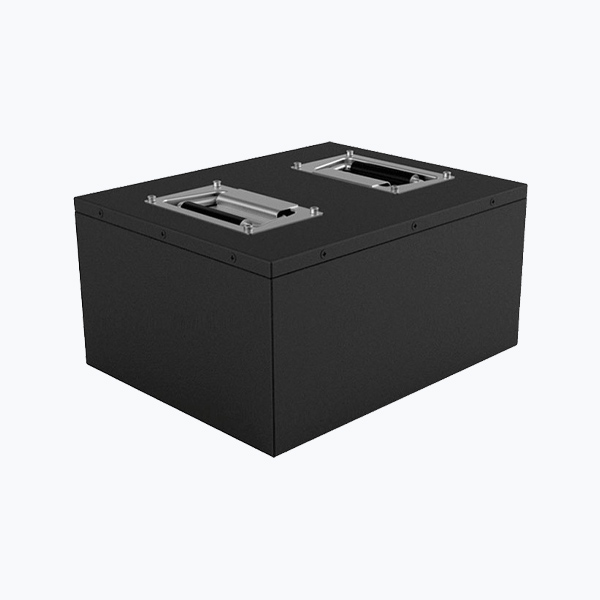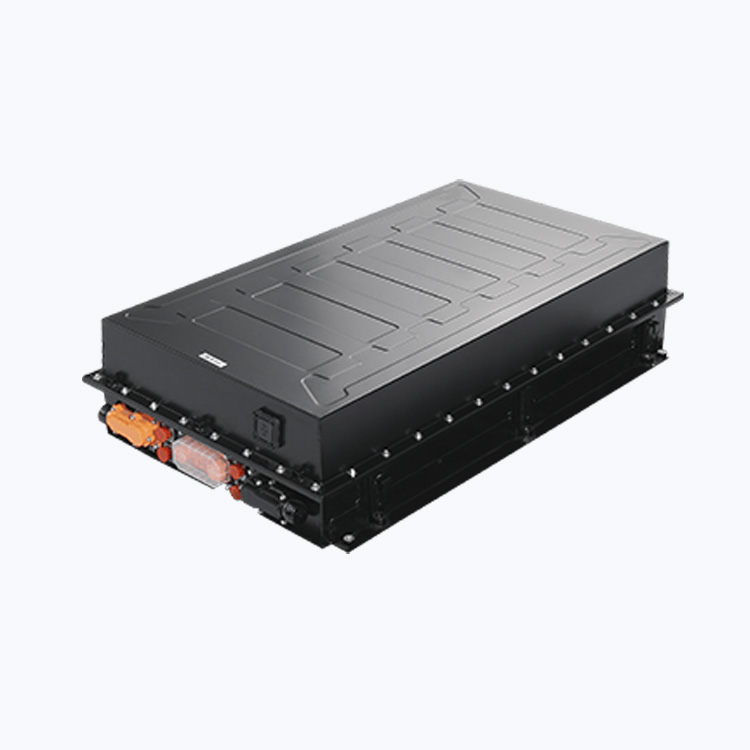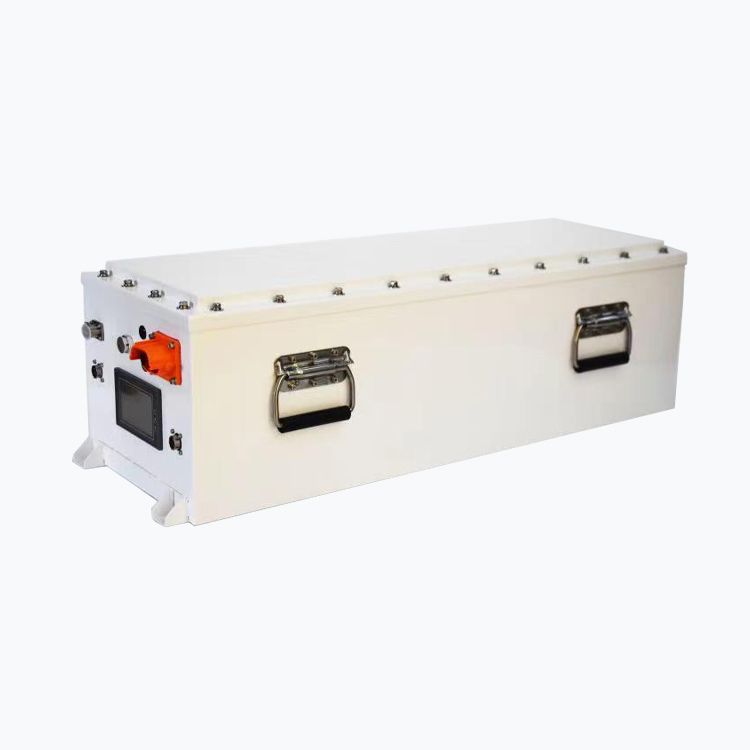Rail Power Battery
Rated Voltage: 537.6V
Rated Capacity: 440Ah/630Ah
Working Current: 440A/630A
Operating Temperature: -20*~55°
Application: Rail Transit
Description
In 2006, INCREASE provided Power system equipment for the construction of the Partial section of the Qinghai -Tibet Railway. The equipment has been safely running for more than 10 years without quality accidents. INCREASE has been proved to be a trusted high -quality supplier.
The Wuhan – Guangzhou high – speed rail, which was officially operated on December 2009, is the first high -speed railway which reaches 350km/hour in Chinese “four vertical and four horizontal” passenger transport line. The single -phase power rectification module used on the substation on the Wuhan -Guangzhou high -speed rail line is provided by SHENZHEN INCREASE TECHNOLOGY CO., LTD. In more than 8 years since the trial operation, Increase’s product quality is reliable, stable in operation, and low failure rate. We are the certified supplier of Wuhan -Guangzhou high -speed rail power module.
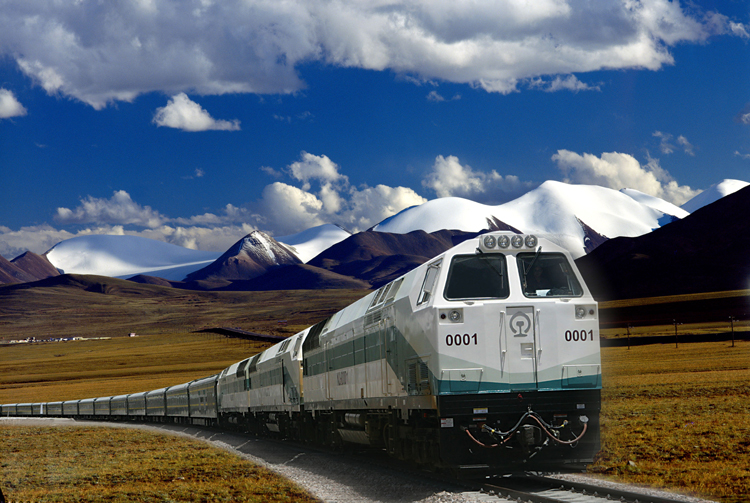
The use of lithium battery energy storage systems to drive urban rail transit is not only more cost-effective than building grid lines, but also can maximize the recovery of energy during braking, which can increase energy efficiency by 30% and reduce the burden on the grid. Additionally, lithium batteries are a more environmentally friendly choice compared to nickel-cadmium batteries. theMore practically, the lithium battery energy storage system can enable the train to perform “emergency self-traction”. Now that the subway is out of power, there will be unexpected situations when the train stops on the track. But if the train is equipped with a lithium battery energy storage system, it can also drag itself to the platform when the power is out.
The use of lithium batteries in standard trains has the following advantages
- High safety, no overcharge and overdischarge, battery management system.
- Excellent high and low temperature performance. It can be used at -20~60, and can discharge at a low speed even at -40.
- High energy density, the current technology is about three times that of nickel-cadmium batteries. Charge and discharge times 3000~10000 times.
- Little impact on environmental pollution.
- No regular maintenance is required.
- The self-discharge rate is small. Lithium battery 2 ~ 5% (month).
